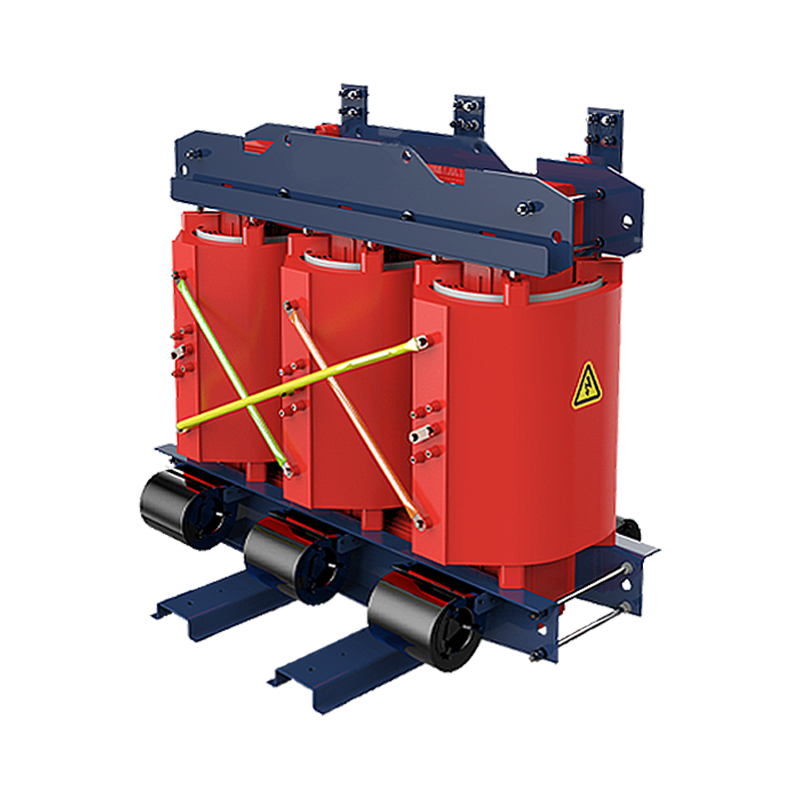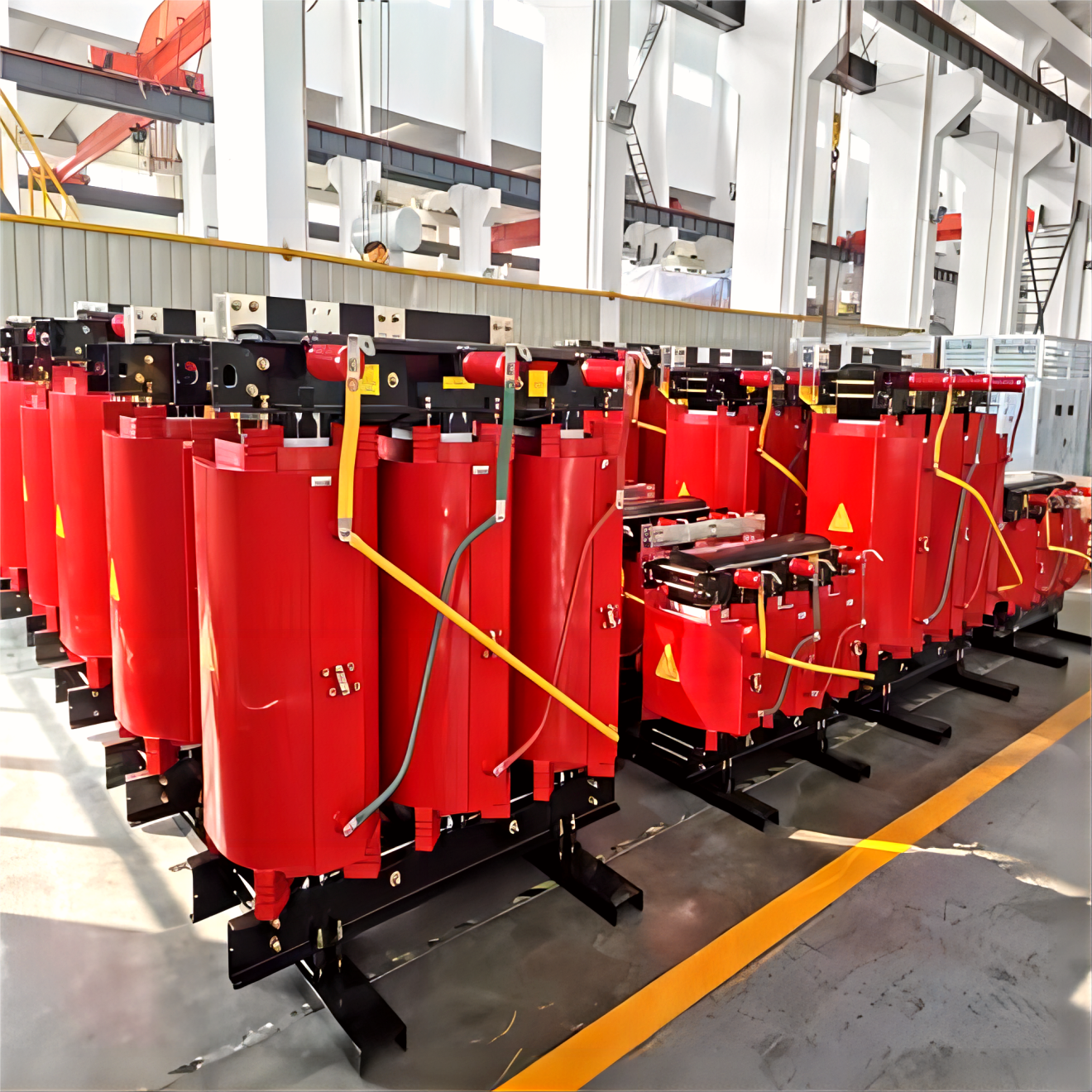What Are Dry-Type Transformers?
Dry-type transformers are electrical transformers that use air as the cooling medium instead of liquid coolant such as oil. These transformers are designed to be environmentally friendly and safe for indoor use since they do not contain flammable liquids. They are commonly used in various applications where safety, reliability, and environmental concerns are paramount.

What are the advantages of dry-type transformers?
Advantages of Dry-Type Transformers:
Safety: Dry-type transformers eliminate the risk of oil leaks and fires, enhancing safety in indoor environments. They are particularly suitable for installations where fire safety is a concern.
Environmental Friendliness: Since they do not use oil or other hazardous substances, dry-type transformers are environmentally friendly and do not pose a risk of soil or water contamination.
Low Maintenance: Dry-type transformers generally require less maintenance compared to oil-filled transformers. There is no need for oil monitoring, leak detection, or oil filtration systems, reducing maintenance costs and downtime.
Installation Flexibility: They can be installed indoors without the need for special containment structures or ventilation systems, making them ideal for applications where space is limited or where outdoor installation is not feasible.
Noise Level: Dry-type transformers typically operate more quietly compared to oil-filled transformers, making them suitable for noise-sensitive environments such as commercial buildings or residential areas.
Longevity: With proper maintenance, dry-type transformers can have a long operational life, providing reliable power distribution for many years.

Challenges of Dry-Type Transformers:
Initial Cost: The initial cost of dry-type transformers may be higher compared to oil-filled transformers. However, this cost may be offset by lower long-term maintenance expenses and reduced environmental risk.
Limited Cooling Capacity: Dry-type transformers may have limited cooling capacity compared to oil-filled transformers, which can affect their performance in high-load or high-temperature environments. Proper sizing and ventilation are essential to ensure optimal performance.
Temperature Limitations: Dry-type transformers are generally limited in their ability to handle high temperatures compared to oil-filled transformers. This limitation may restrict
Despite these challenges, the advantages of YRO dry-type transformers in terms of safety, environmental protection, low maintenance and flexible installation make them the first choice for many applications, especially in indoor environments where safety and reliability are critical.



